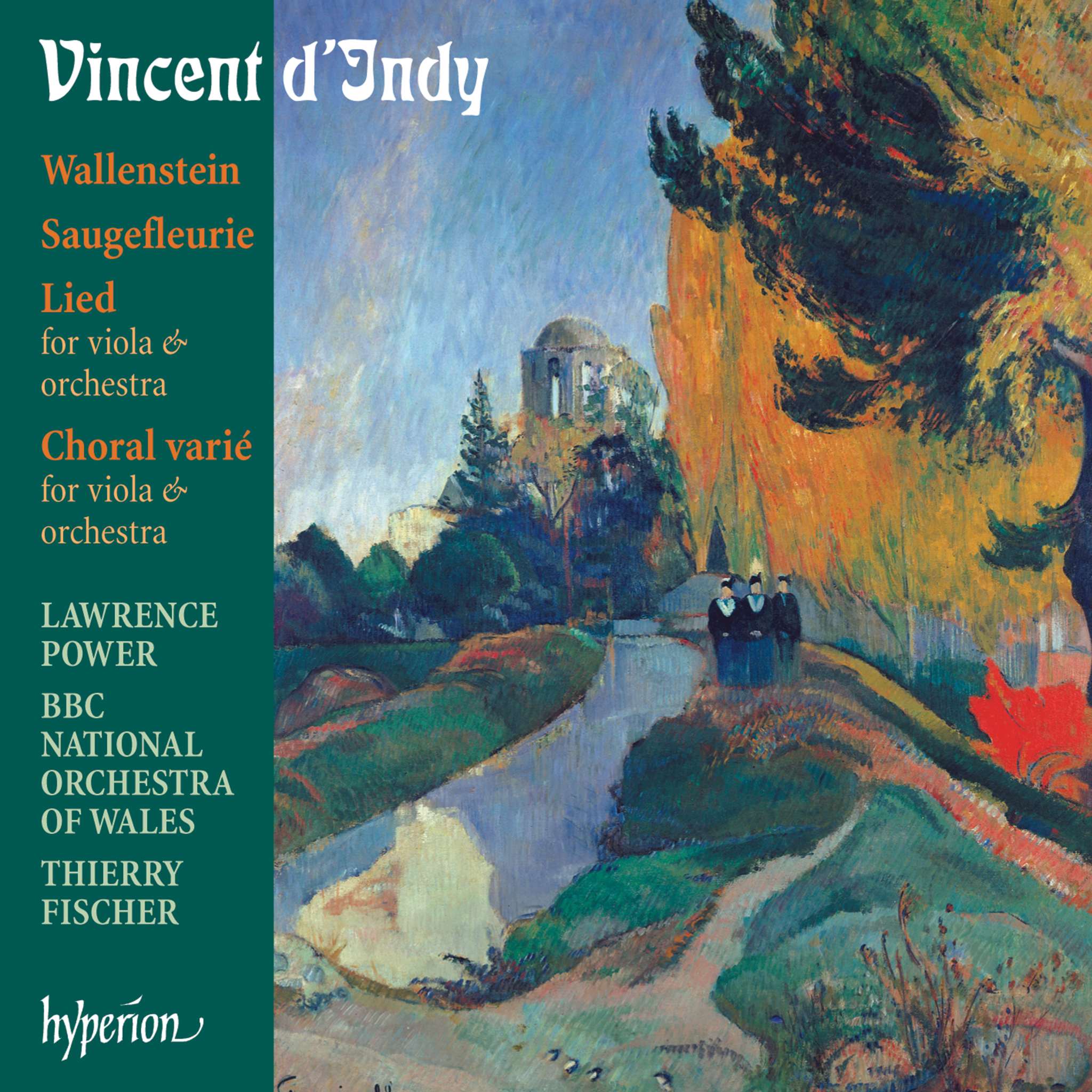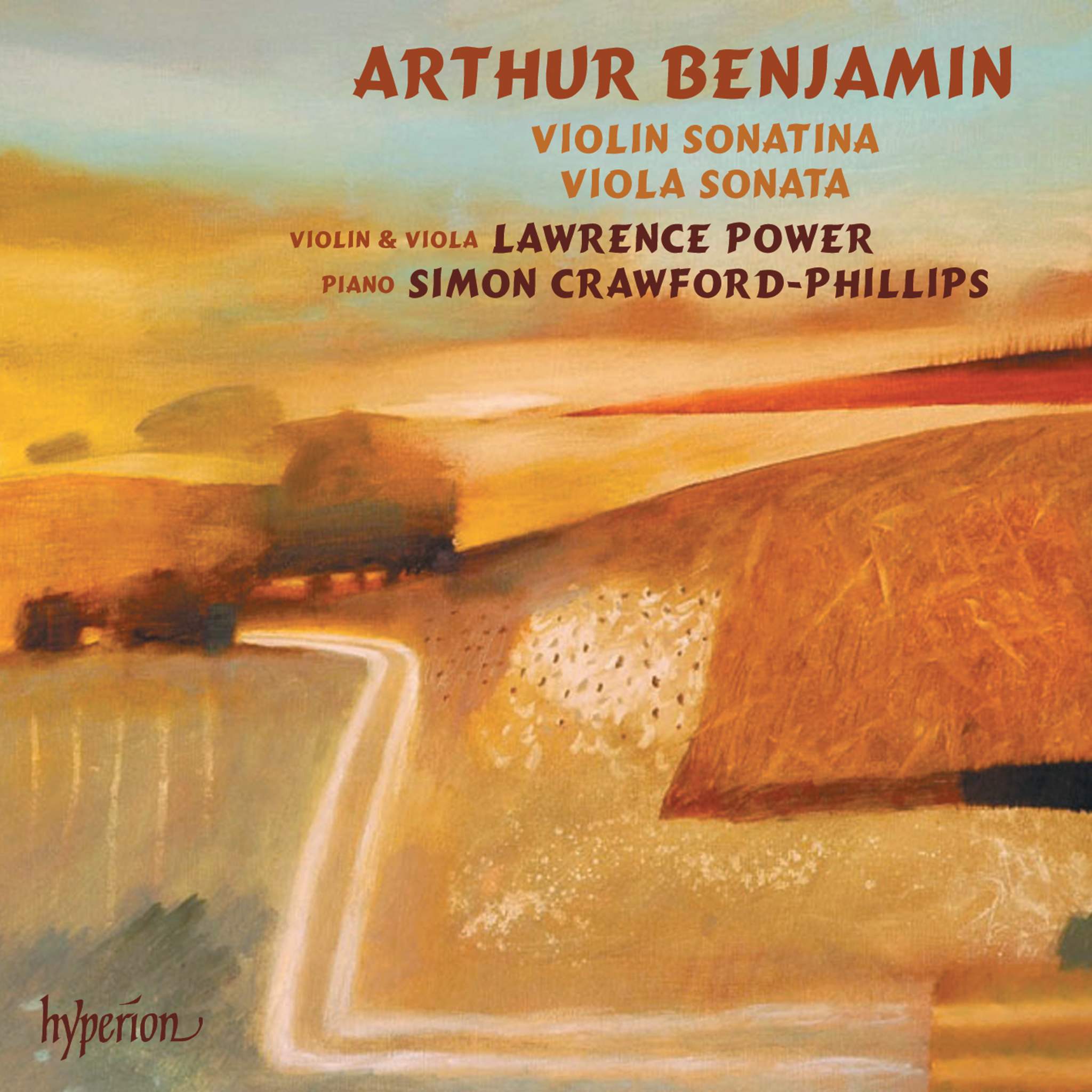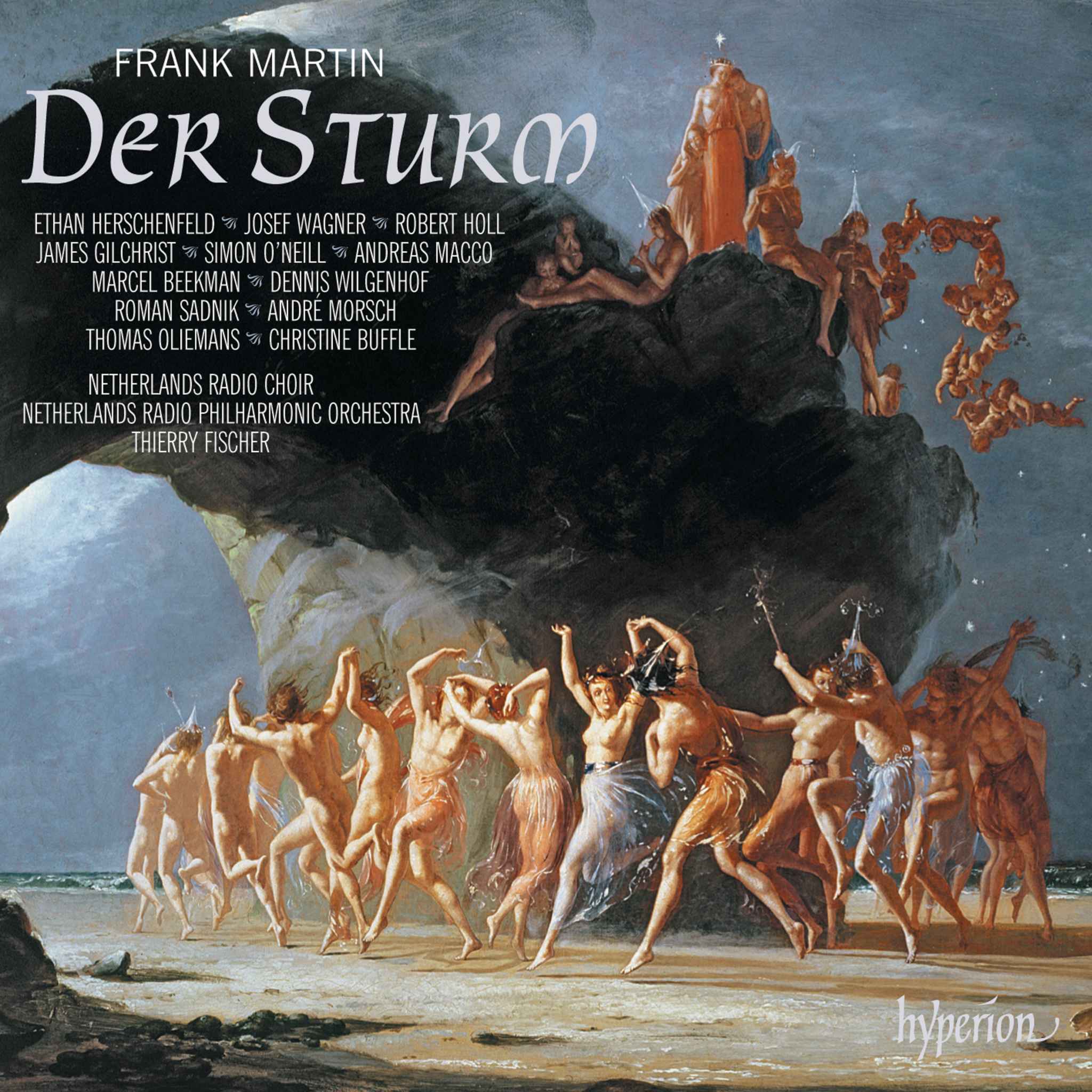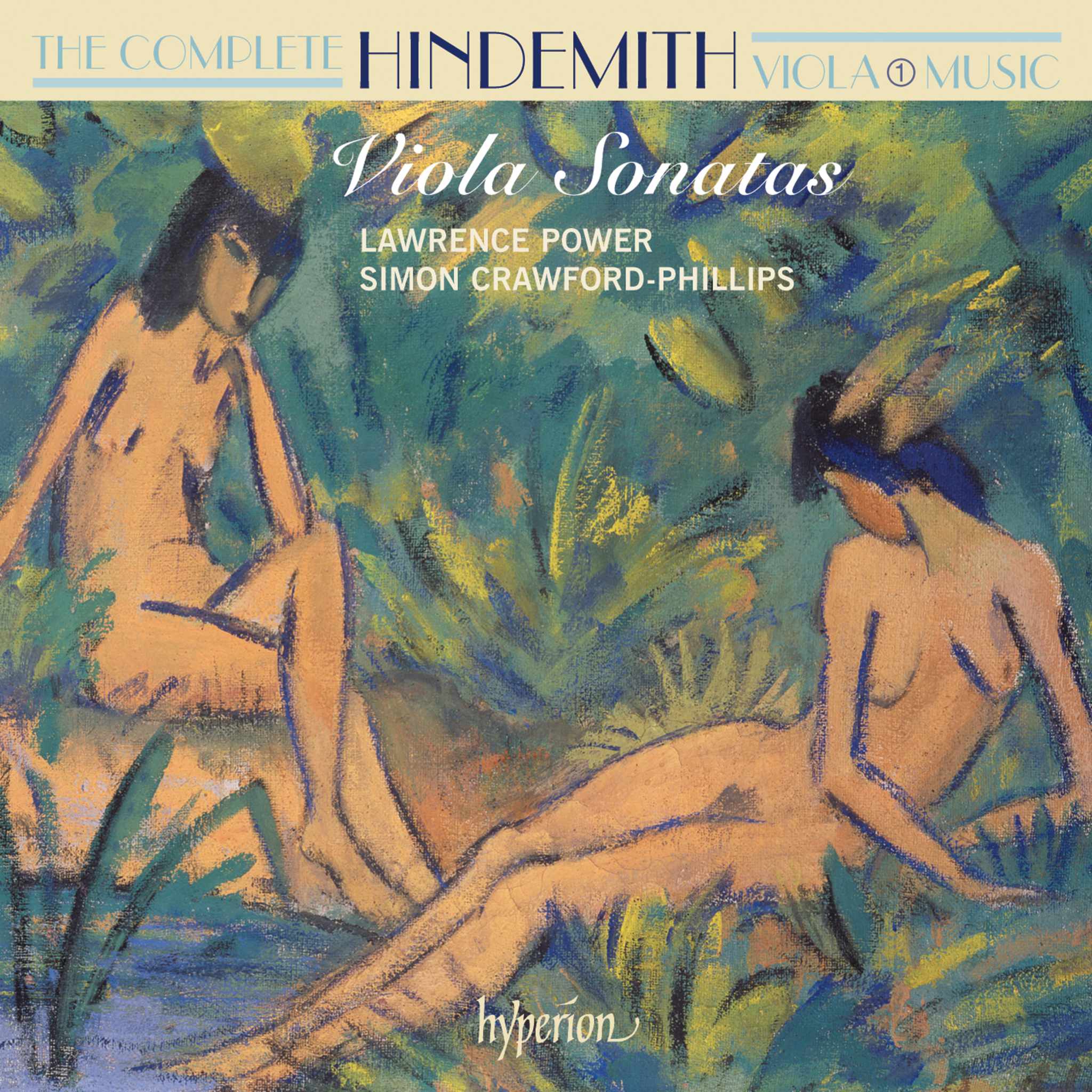Album insights
During the Classical era in London, piano concerts gained popularity, with influential figures like Dussek, Field, and Cramer active in the genre. The presence of Clementi, Moscheles, Mendelssohn, and others brought diverse representation of Europe's greatest pianists to the capital in the early 19th century. While British composers like Potter and Macfarren created piano concertos, the genre saw less attention by the mid-19th century. Despite a shift to advanced tonal and structural thinking, compositions in Britain around the mid-century remained somewhat conservative. This can be seen in works like Julius Benedict's two concerts in 1867, echoing Field, Hummel, and Weber, and Parry's unfinished attempt in 1869 influenced by Sterndale Bennett.
In December 1869, a turning point occurred with the debut of Frederic Cowen's A Minor Piano Concerto at St. James's Hall, receiving national acclaim. Following this success, Charles Villiers Stanford completed a B Major Concerto in January 1873. With Dannreuther emerging as a prominent figure in the London concert scene, his efforts influenced a shift in receptiveness towards grand piano concertos. Brahms' Piano Concerto No. 1 in March 1872 marked a notable step, setting the stage for a surge in interest in the genre.
Edward Dannreuther, a leading figure in the 1870s and 1880s London concert scene, had a diverse background that included performances across the city and collaborations with renowned artists and musicians, shaping the cultural landscape. His strategic move to settle in England in 1871 solidified his reputation as a musical expert, balancing his role as a masterful pianist with contributions to the London musical scene. His performances of Liszt, Grieg, and Tchaikovsky's works further elevated his standing within London's artistic circles, fostering a dynamic musical climate.
Parry's collaboration with Dannreuther in the late 1870s helped shape his musical journey, leading to a prolific period of composition and performance. The premieres of his works at Orme Square, alongside his role as editor of Groves Dictionary of Music and Musicians, showcased Parry's growing influence in London's musical circles. His pivotal Piano Concerto in F Sharp Major in 1880 marked a significant milestone, receiving praise from critics and audiences, solidifying Parry's position as a prominent composer.
Parry's colorful and engaging concerto, rooted in late 19th-century romantic traditions, stands out as a seminal British piece worthy of recognition alongside contemporary continental compositions. Noteworthy for its masterful construction and technical brilliance, the concerto reflects Parry's evolving style and innovative approaches, setting a high standard in the musical landscape. Despite a less public presence over time, the enduring quality of Parry's work merits greater attention and appreciation.
The revival of Parry's Piano Concerto in October 1895 coincided with a resurgence of interest in the genre in Britain. Composers like Hurlstone, Paderewski, and Somervell added depth to the British musical repertoire, enriching London's concert scene. Stanford's G Major Piano Concerto, while met with initial challenges, showcased his unique stylistic choices, echoing a departure from contemporary conventions. While his concerto faced mixed reviews, Stanford's innovative structure and expressive themes demonstrate his artistic integrity and creative vision, setting a precedent for future compositions.










